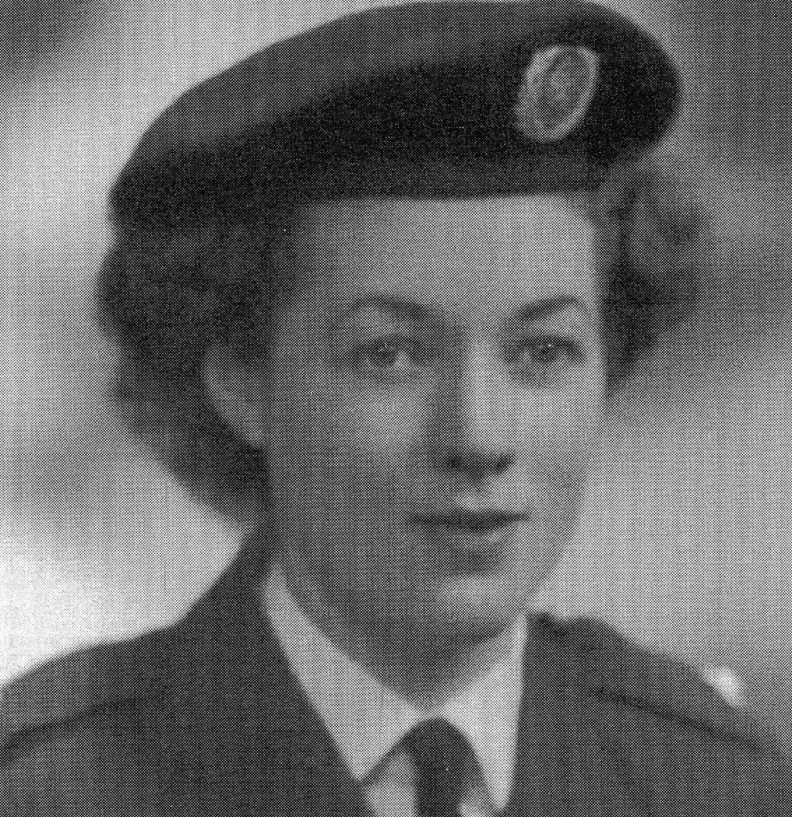In 1939, when Germany invaded Poland, the Canadian military was in a poor state. The same could not be said about St. John Ambulance. Although St. John Ambulance in Canada reported to St. John’s Gate in Britain, its war effort was largely coordinated in Ottawa.1 Many of St. John Ambulance’s wartime contributions were continuations of their work during World War I, namely first aid training and Volunteer Aid Detachments (VADs). New contributions included Air Raid Protection Committees and blood grouping.
Air Raid Protection (ARP) Committees
St. John Ambulance began preparing for the war before it began, with ARP instructor training. St. John Ambulance cooperated closely with ARP Committees at both provincial and municipal levels and trained many of their volunteers in first aid.2 The ARP’s tasks included ensuring blackout rules were observed and instructing the public on the use of gas masks and making emergency preparations.
The main concerns were submarines (U-Boats) on the east coast and a possible attack by the Imperial Japanese Navy and Air Force on the west coast. Upon hearing of the attack on Pearl Harbour on December 7, 1941, every member of the St. John Ambulance Brigade in Vancouver reported to their stations. In Ontario, the St. John Ambulance Brigade was responsible for all ARP first aid training.3
Cooperation with the Red Cross
Once again, the Order of St. John cooperated with the Red Cross for the duration of the war. As in World War I, the Red Cross was responsible for collecting funds. St. John Ambulance delivered first aid training to male personnel, with both organizations handling the training of female personnel for nursing and VADs, although all certificates were issued by St. John Ambulance.4
First Aid Training
By the end of the war, most members of the armed forces had been trained in first aid by St. John Ambulance.5 A special course was run at the Women’s College Hospital in Toronto specifically for St. John Ambulance. As a result of shortages, many St. John Ambulance Nurses Aides served in military hospitals and also in the Christie Street Hospital in Toronto. These were unpaid roles, but they did receive $30 a month for laundry and incidentals6 (by comparison, a Private in the Canadian Army made about $40 a month).
Blood Grouping
At this stage, blood transfusion technology has advanced to the point where it could be performed close to the battlefield. Whilst the Red Cross collected blood, St. John Ambulance was involved in blood grouping, determining a person’s blood type, thereby allowing the creation of blood type records; all donors were given wallet cards with their blood type. St. John Ambulance blood-grouped an average of 30,000 people per year during the war and this work continued until 1951.7
Volunteer Aid Detachments (VADs)
Early on in the war, the focus was on first aid training, which means that VADs were not planned until 1941, two years into the war, with the first recruitment campaign in 1943. The VADs were unpaid, although they were given some money for incidentals. They served as nurses’ assistants, ambulance drivers and clerical staff. They served in military and civilian hospitals in Canada, in prisoner-of-war camps, and even in liberated concentration camps in Europe. VADs also served in Burma, Hong Kong, Gibraltar, France Germany, India, Malaysia and the Netherlands.
During the war, 221 Canadian VADs served overseas, with some of them not returning to Canada until more than a year after the end of the war.8 Betty DuBreuil from Toronto was one of these VADs. She served in England transporting wounded soldiers who had returned from France, and Italian prisoners-of-war.9 Another Canadian, Constance Hutcheon MBE from St. John’s, was stationed in London. She served in a first aid post at Leicester Square Underground Station, which was used as an air-raid shelter and as a home by any of those who had lost their homes in the bombing raids. She also served as a driver, and for her service, she was honoured as a Member of the Most Excellent Order of the British Empire.10
_______
1 Christopher McCreery, The Maple Leaf and the White Cross: A History of St. John Ambulance and the Most Venerable Order of the Hospital of St. John of Jerusalem in Canada (Toronto: Dundurn Press, 2008), 110
2 McCreery, 111
3 McCreery, 112-113
4 McCreery, 111-112
5 McCreery, 118
6 Harry Hammond, Yesteryears: A History of St. John Ambulance (Toronto: Versatel), 14
7 McCreery, 119-120
8 McCreery, 120-123
9 Hammond, 45-46
10 Hammond, 48-50
